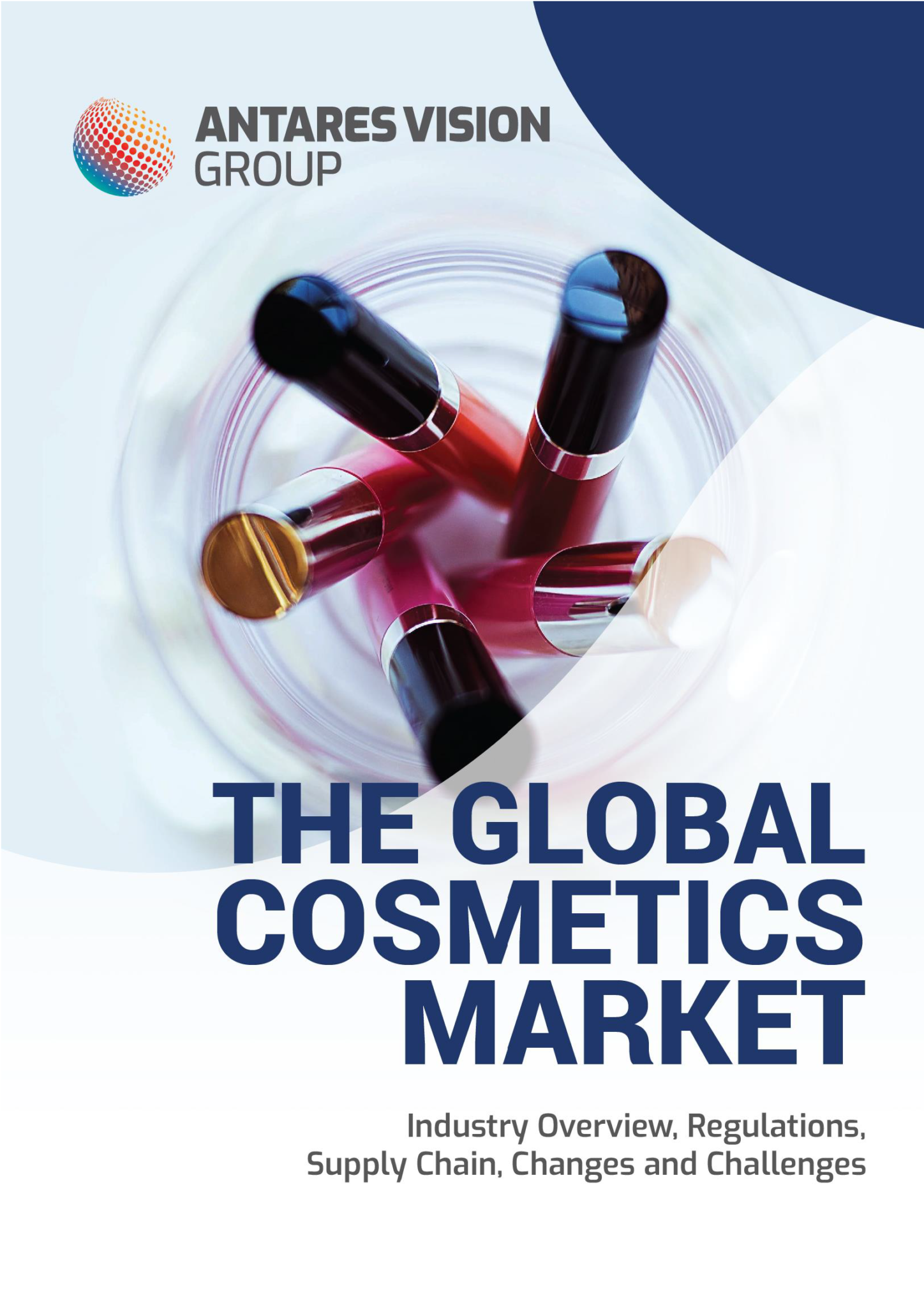The Global Cosmetics Market

The 2021 global beauty industry market is valued at $511 billion, and the global beauty and personal care market could reach $716.6 billion by 2025. These “breathtaking” figures show that cosmetics, which are a segment of these broader industries, will continue to be a lucrative and important product category.
This rfxcel white paper presents current information about the global cosmetics market to help facilitate a better understanding of products and how they are regulated, characteristics of the supply chain, industry changes and challenges, and the world’s leading companies.
It defines the five cosmetics categories (skin care, hair care, makeup, fragrances, and hygiene products) and goes into the granular details of how these products and their ingredients are regulated in three important markets:
- United States: the Federal Food, Drug, and Cosmetic Act (FD&C Act) and the Fair Packaging and Labeling Act (FPLA)
- Europe and Great Britain: EU Cosmetic Regulation and the UK Cosmetic Regulation
- Singapore: Health Products Act (HPA) and the Health Products (Cosmetic Products -ASEAN Cosmetic Directive) Regulations (HPR)
It profiles the industry’s “Big 3” — L’Oréal, Unilever, and Estée Lauder — using each company’s latest marketing and sales data. These concise sketches also describe what the companies are doing to maintain their market positions in an increasingly competitive and complex environment.
In terms of the cosmetics supply chain, the white paper discusses its four primary sectors and the importance of keeping operations flexible yet structured. It describes two of the “core” ingredients that are found in many products, palm oil and mica, and why they pose significant challenges and risks to manufacturers.
It concludes with a look at four critical industry changes: environmental concerns, technological innovations, counterfeits, and new regulations. It also talks about the effect of the pandemic and how cosmetics companies have had to rethink production and marketing strategies to keep their workers safe and consumers engaged.

